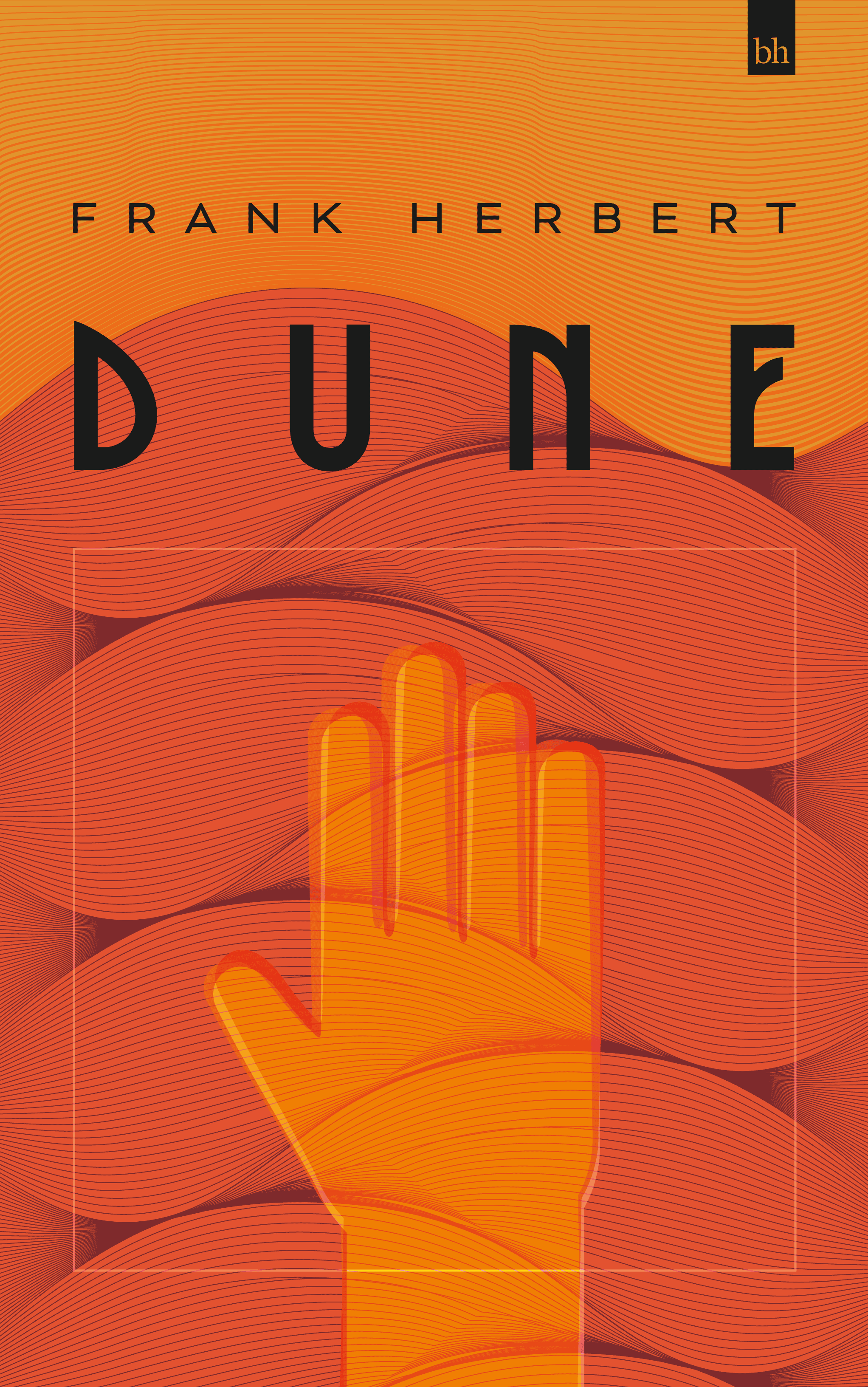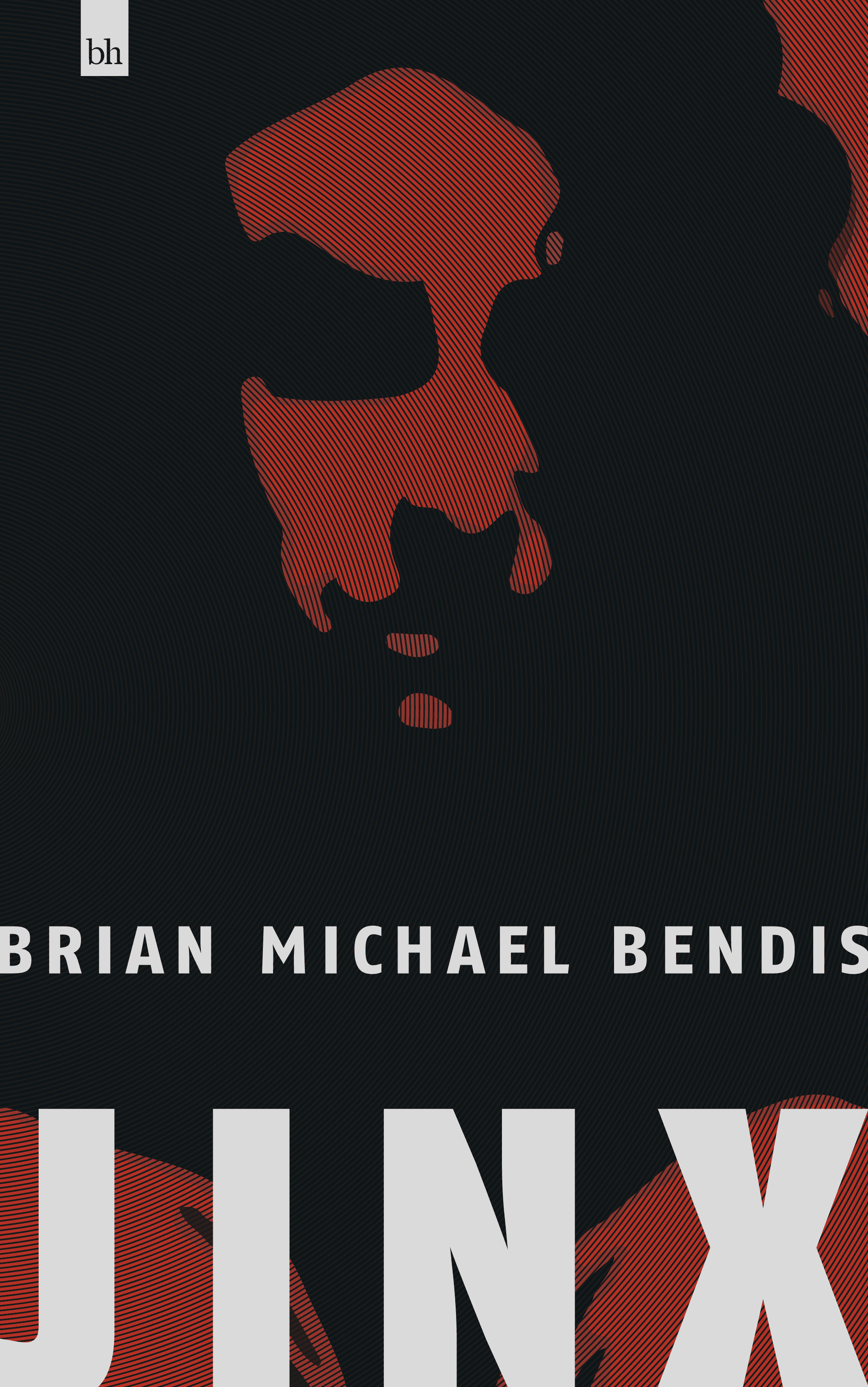V For Vendetta
Alan Moore
Art: Alex Lloyd

Remember, remember the fifth of November, the gunpowder treason and plot, I know of no reason, why the gunpowder treason, should ever be forgot.
Terrorism, fascism, anarchy, anti-heroes and vaudevillian villains engulf London in this twisting, twirling, tightrope, time-bomb tale.
A response to his concerns of conservative policies regarding surveillance and sexuality, Moore raises the spirit of Guy Fawkes (who tried to blow up parliament in 1605).
The protagonist known only as V appears as an apparition in black. His face, covered by the smiling Venetian style mask of Guy Fawkes which contrasts against his black cloak. We don't see his body but we learn that he was burnt long ago in a fire at an internment camp he was put in when the fascist government came to power, and certain "undesirables" were removed from society.
V's vendetta is not only to get revenge on those who discriminated against him but also bring down the root cause of the problem, the government, and subsequently bring freedom through chaos.
The government uses its propaganda machine and fingermen to hunt down V but ultimately, V is not their enemy as he says:
There's no flesh or blood within this cloak to kill. There's only an idea. Ideas are bulletproof. Farewell.
Moore's writing is as tight as a conductor, he sets every piece in place just as his methodical leading man arranges the dominoes of his plan. There is always a peaceful calm before one of V's storms until he finally ignites his final impeding crescendo.
Stylistically, the bright colours against a black canvas gives the artwork by David Lloyd is like Caravaggio's nera scura on acid, which reflects nicely the heightened nature of V's character and Shakespearean speech.
The comic has action and mystery wrapped in classical music blaring over the tops of roofs and a stylised cinematic feel. Expertly written, thoughtfully paced and adds to the dystopian genre as much as it borrows.


